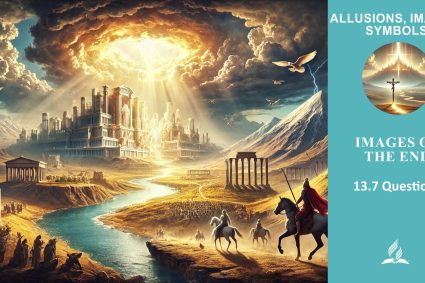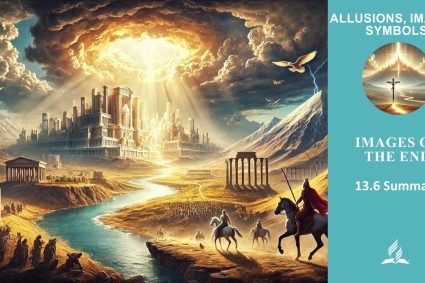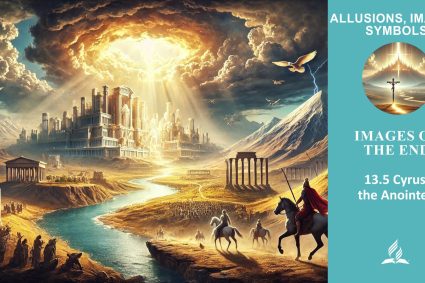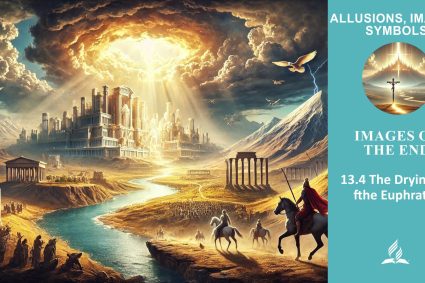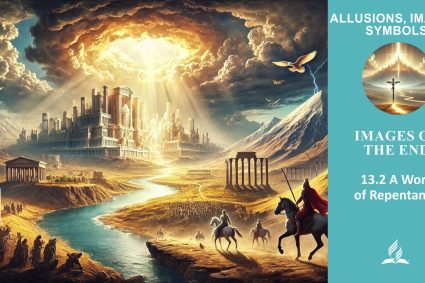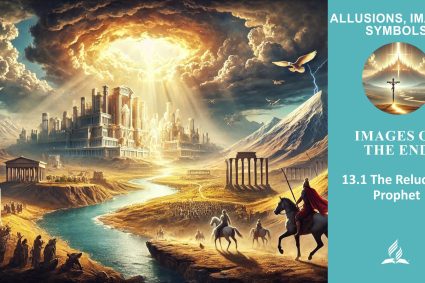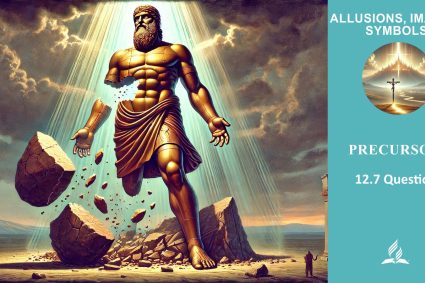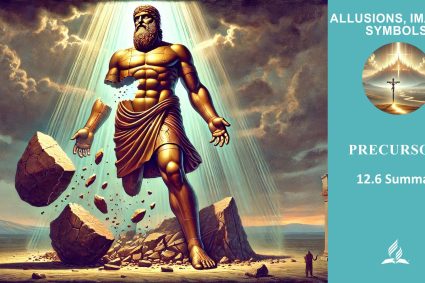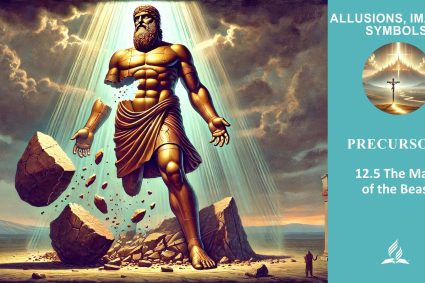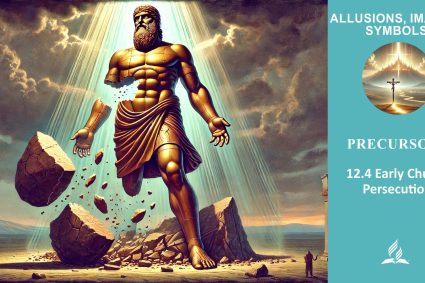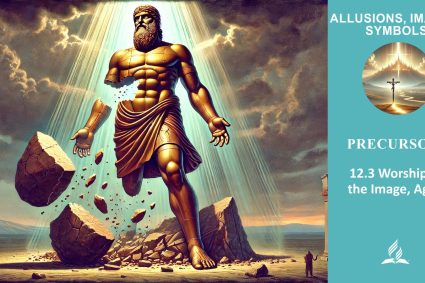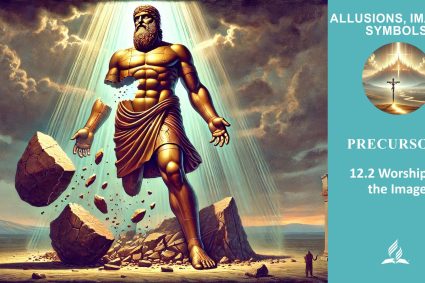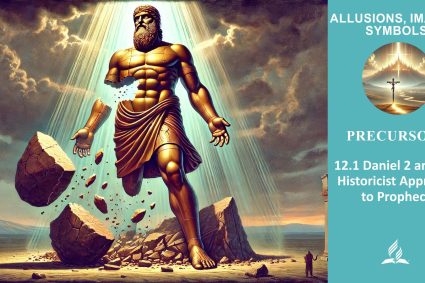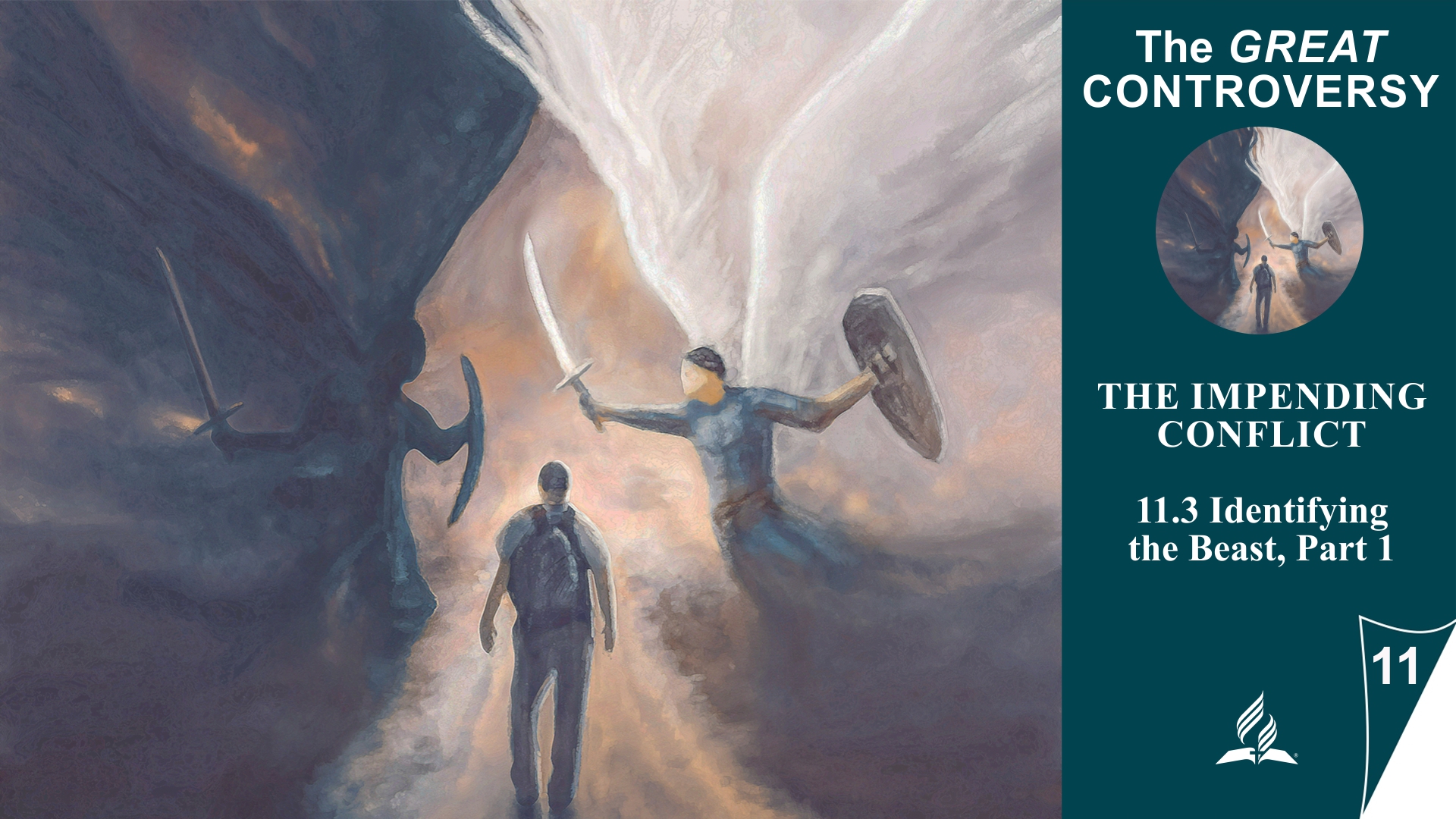


11.3 Identifying the Beast, Part 1
Origin and Authority of Power in Revelation
Read Revelation 13:1-2. Where does this beast come from, and who grants it authority?
The beast in Revelation 13:1-2 rises from the sea and receives its power and authority from the dragon. In biblical contexts, the sea often symbolizes peoples, nations, and multitudes (see Revelation 17:15). The dragon, identified as Satan (Revelation 12:9), gives this beast its power, throne, and great authority.
The prophecy in Revelation 13:1-2 speaks of a power that emerged from the Roman Empire, inheriting its power structures. Historically, this was fulfilled when Emperor Constantine moved his capital to Constantinople, leaving a power vacuum in Rome. This vacuum was filled by the Bishop of Rome, ultimately leading to the rise of the Papacy. Historians such as Isaac Backus and Thomas Hobbes confirm that the Papacy took on the spiritual succession of the Roman Empire.
This interpretation suggests that the beast in Revelation 13 represents a religious organization that exercises its power and influence through human decrees, replacing biblical truth. It is not a single person but a worldwide system of worship that emerged from ancient Rome.
Read Revelation 13:1-6. What key word is used to identify the beast’s power?
In Revelation 13:1-6, the beast is described in detail. A key word used to identify the beast’s power is “blasphemy.” Revelation 13:5-6 states: “And he was given a mouth speaking great things and blasphemies, and he was given authority to continue for forty-two months. Then he opened his mouth in blasphemy against God, to blaspheme His name, His tabernacle, and those who dwell in heaven.”
The concept of blasphemy is defined in John 10:33 and Luke 5:21. In John 10:33, Jesus is accused of blasphemy for claiming to be God: “The Jews answered Him, saying, ‘For a good work we do not stone You, but for blasphemy, and because You, being a man, make Yourself God.’” In Luke 5:21, Jesus is accused of blasphemy for claiming the power to forgive sins: “And the scribes and the Pharisees began to reason, saying, ‘Who is this who speaks blasphemies? Who can forgive sins but God alone?’”
The Roman Papacy is historically interpreted as an institution embodying these forms of blasphemy. Two characteristic teachings of the Papacy that are seen as blasphemous are:
-
The claim that priests have the power to forgive sins: In Catholic doctrine, priests are assigned the sacrament of confession or reconciliation, where they have the authority to forgive sins in God’s name. This is viewed by some as an usurpation of divine prerogatives.
-
The claim that the Pope possesses the prerogatives of God on earth: The Pope is regarded as the Vicar of Christ on earth, claiming a special authority and honor, which some see as equivalent to divinity.
These aspects of Catholic doctrine have been viewed by critics as the fulfillment of the blasphemy described in Revelation, referring to the biblical passages in John and Luke to support their argument.

The interpretation of the beast in Revelation 13 and the associated concepts of power and blasphemy have profound implications for our daily lives and faith. Here are some considerations:
Connection with Daily Life
-
Vigilance towards Religious and Political Authorities:
-
The description of the beast and blasphemy in Revelation encourages believers to be critical and vigilant towards religious and political authorities. It serves as a reminder that power can often be abused and that people should remain alert to avoid being misled by false teachings or authoritarian structures.
-
-
Importance of Biblical Truth:
-
The emphasis on blasphemy as the replacement of biblical truth by human decrees highlights the importance of relying on the teachings of the Bible and maintaining personal Bible study and prayer. This helps strengthen one’s faith foundation and recognize false teachings.
-
-
Moral and Ethical Considerations:
-
Identifying power structures considered blasphemous encourages believers to reflect on their own moral and ethical decisions. It promotes striving for high ethical standards and maintaining integrity in all areas of life, whether at work, in the family, or in society.
-
Connection with Faith
-
Strengthening Personal Faith:
-
Understanding prophecies and their historical fulfillment can strengthen faith by showing how biblical predictions have come true in history. This can deepen trust in the Bible and God’s plan for humanity.
-
-
Awareness of Spiritual Dangers:
-
The warning against blasphemous teachings and power systems emphasizes the need to remain spiritually vigilant and regularly engage with biblical teachings. It reminds that faith must be continuously nurtured and defended.
-
-
Encouragement for Community and Exchange:
-
Discussing such topics within communities of believers fosters the exchange of thoughts and mutual encouragement to remain steadfast in faith and support each other in spiritual matters.
-
Practical Application
-
Daily Bible Study and Prayer:
-
Regular reading and studying of the Bible, combined with prayer, helps understand and apply biblical truth. This strengthens personal faith and the ability to recognize false teachings.
-
-
Participation in Worship Services and Bible Groups:
-
Attending worship services and participating in Bible study groups provide community and support. It enables the exchange of insights and strengthens the faith life.
-
-
Critical Reflection and Discussion:
-
Engaging critically with one’s own beliefs and the teachings conveyed in church and society is important. This can be done through discussions with other believers and studying theological works.
-
Through these practices and considerations, believers can ensure that they build their faith on a solid biblical foundation and protect themselves from spiritual dangers.

Be vigilant and critical towards the powers of this world, for true authority and truth come from God alone.
(Visited 21 times, 1 visits today)






